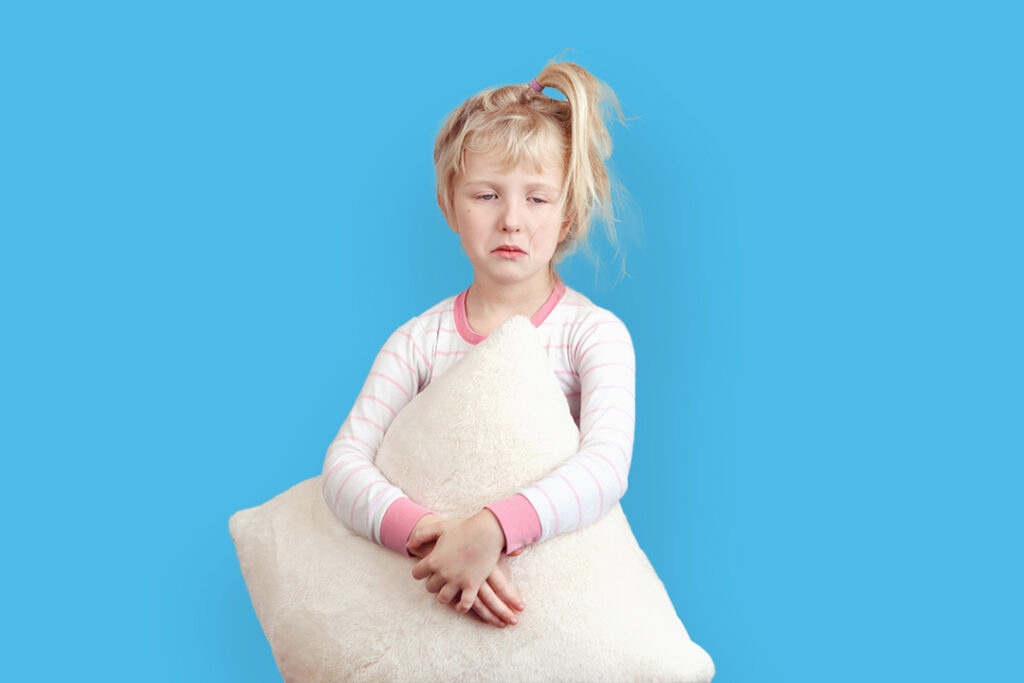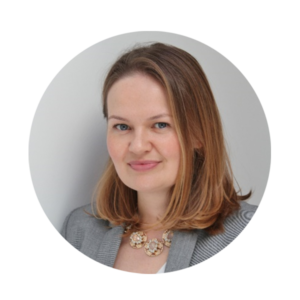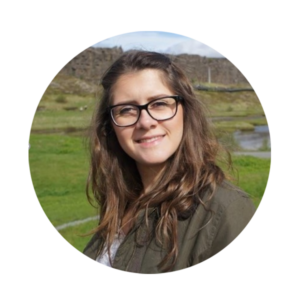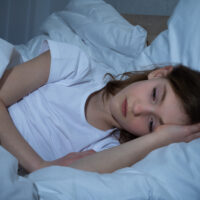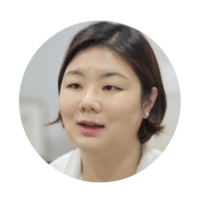Sources
American Academy of Sleep Medicine (2014). International classification of sleep disorders – third edition. Darien, Illinois: American Academy of Sleep Medicine.
American Psychiatric Association (2013). Diagnostic and Statistical Manual of Mental Disorders – Fifth Edition. Washington, DC: American Psychiatric Association.
Barclay, N. L. & Gregory, A. M. (2013). Quantitative genetic research on sleep: A review of normal sleep, sleep disturbances and associated emotional, behavioural, and health-related difficulties. Sleep Medicine Reviews, 17, 29-40.
Blake, M. J., Sheeber, L. B., Youssef, G. J., Raniti, M. B., & Allen, N. B. (2017). Systematic review and meta-analysis of adolescent cognitive-behavioral sleep interventions. Clinical Child and Family Psychology Review, 20, 227-249.
Blake, M. J., Trinder, J. A., & Allen, N. B. (2018). Mechanisms underlying the association between insomnia, anxiety, and depression in adolescence: Implications for behavioral sleep interventions. Clinical Psychology Review, 63, 25-40.
Borbely, A. A. (1982). A two process model of sleep regulation. Human Neurobiology, 1, 195-204.
Bruni, O., Angriman, M., Calisti, F., Comandini, A., Esposito, G., Cortese, S. et al. (2018). Practitioner review: Treatment of chronic insomnia in children and adolescents with neurodevelopmental disabilities. Journal of Child Psychology and Psychiatry, 59, 489-508.
Cowie, J., Bower, J. L., Gonzalez, R., & Alfano, C. A. (2018). Multimedia field test: Digitalizing better sleep using the Sleepio program. Cognitive and Behavioral Practice, 25, 442-448.
Crowley, S. J., Wolfson, A. R., Tarokh, L., & Carskadon, M. A. (2018). An update on adolescent sleep: New evidence informing the perfect storm model. Journal of Adolescence, 67, 55-65.
Freeman, D., Sheaves, B., Goodwin, G. M., Yu, L. M., Nickless, A., Harrison, P. J. et al. (2017). The effects of improving sleep on mental health (OASIS): a randomised controlled trial with mediation analysis. Lancet Psychiatry, 4, 749-758.
Gee, B., Orchard, F., Clarke, E., Joy, A., Clarke, T., & Reynolds, S. (2019). The effect of non-pharmacological sleep interventions on depression symptoms: A meta-analysis of randomised controlled trials. Sleep Medicine Reviews, 43, 118-128.
Goodyer, I. M., Reynolds, S., Barrett, B., Byford, S., Dubicka, B., Hill, J. et al. (2017). Cognitive behavioural therapy and short-term psychoanalytical psychotherapy versus a brief psychosocial intervention in adolescents with unipolar major depressive disorder (IMPACT): a multicentre, pragmatic, observer-blind, randomised controlled superiority trial. Lancet Psychiatry, 4, 109-119.
Gregory, A. M. & Sadeh, A. (2016). Annual Research Review: Sleep problems in childhood psychiatric disorders – a review of the latest science. Journal of Child Psychology & Psychiatry, 57, 296-317.
Hirshkowitz, M., Whiton, K., Albert, S. M., Alessi, C., Bruni, O., DonCarlos, L. et al. (2015). National Sleep Foundation’s sleep time duration recommendations: methodology and results summary. Sleep Health, 1, 40-43.
Mindell, J. A., Sadeh, A., Wiegand, B., How, T. H., & Goh, D. Y. T. (2010). Cross-cultural differences in infant and toddler sleep. Sleep Medicine, 11, 274-280.
Ng, M. Y. & Weisz, J. R. (2016). Annual research review: Building a science of personalized intervention for youth mental health. Journal of Child Psychology and Psychiatry, 57, 216-236.
Owens, J. (2014). Insufficient sleep in adolescents and young adults: An update on causes and consequences. Pediatrics, 134, E921-E932.
Paruthi, S., Brooks, L. J., D’Ambrosio, C., Hall, W. A., Kotagal, S., Lloyd, R. M. et al. (2016). Recommended amount of sleep for pediatric populations: a consensus statement of the American Academy of Sleep Medicine. Journal of Clinical Sleep Medicine, 12, 785-786.
Peterman, J. S., Carper, M. M., & Kendall, P. C. (2014). Anxiety disorders and comorbid sleep problems in school-aged youth: Review and future research directions. Child Psychiatry & Human Development, 45, 1-17.
Qaseem, A., Kansagara, D., Forciea, M. A., Cooke, M., & Denberg, T. D. (2016). Management of chronic insomnia disorder in adults: a clinical practice guideline from the American College of Physicians. Annals of Internal Medicine, 165, 125-133.
Riemann, D., Baglioni, C., Bassetti, C., Bjorvatn, B., Groselj, L. D., Ellis, J. G. et al. (2017). European guideline for the diagnosis and treatment of insomnia. Journal of Sleep Research, 26, 675-700.
Sivertsen, B., Harvey, A. G., Pallesen, S., & Hysing, M. (2017). Trajectories of sleep problems from childhood to adolescence: a population-based longitudinal study from Norway. Journal of Sleep Research, 26, 55-63.
Takahashi, J. S. (2017). Transcriptional architecture of the mammalian circadian clock. Nature Reviews Genetics, 18, 164-179.
van Geel, M., Goemans, A., & Vedder, P. H. (2016). The relation between peer victimization and sleeping problems: A meta-analysis. Sleep Medicine Reviews, 27, 89-95.
Wiggs, L. (2007). Are children getting enough sleep? Implications for parents. Sociological Research Online, 12, 13.
Wittmann, M., Dinich, J., Merrow, M., & Roenneberg, T. (2006). Social jetlag: Misalignment of biological and social time. Chronobiology International, 23, 497-509.
